
Homeopatija kroz povijest
It's not just a collection of a few remedies, but a new science with a rational philosophy as its base.
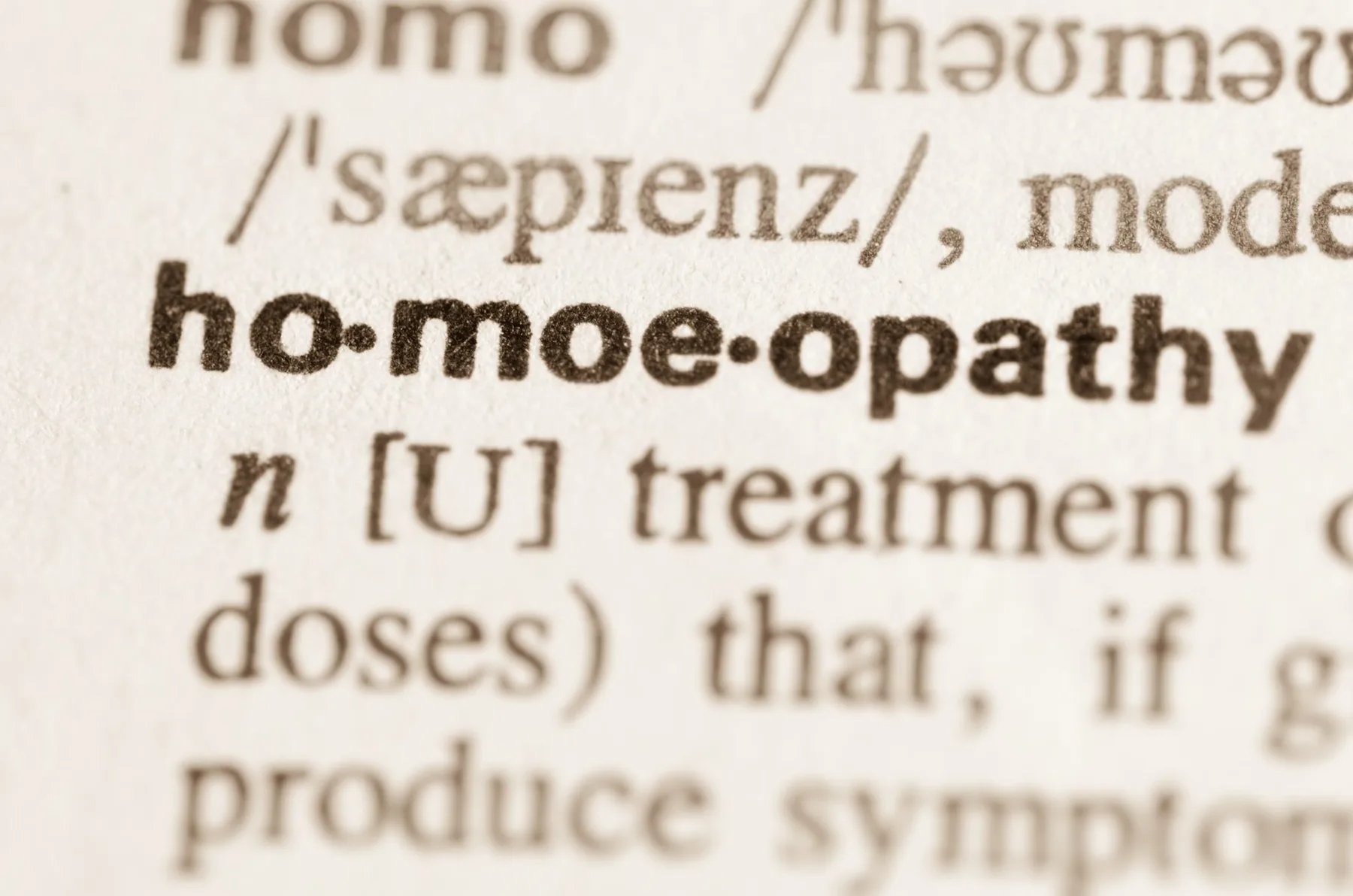
Ancient Times
Ideja o liječenju sličnog sličnim datira od drevnih vremena. Na Zapadu je kao njen pronositelj najpoznatiji Hipokrat, starogrčki liječnik koji je živio od 460. do 377. godine p.n.e., poznatiji kao otac zapadne medicine, te je tada napisao: “Kroz slično se proizvodi bolest, a primjenom sličnog se liječi”. No ovaj princip datira od prapovijesnog razdoblja.
According to the Department of Homeopathy, Delhi territory of the Indian government: "Ancient Hindu physicians recognized the 'Law of Similars' as one of the principles of healing: 'Vishasya Vishmoshadhi', say the Sanskrit proverbs. The Delphic oracle (8. stoljeće pr. Kr.) je objavilo: "Ono što čini bolesnim, ozdravit će". Poznato je da su brojni liječnici kroz povijest u svoje vrijeme koristili “Zakon sličnosti” u svojoj praksi: Nicander of Colophon (2nd century) Xenocrates of Chalcedon (396-314 BCE) from the Greek school; Marcus Terentius Varro (116-27 BCE), Quintus Sammonicus Serenus (2nd-3rd century CE), Celsus (2nd century CE), and Claudius Galen (129 – about 200 or 216 CE) from the Roman schools; Basil Valentine (about 15th century CE); then Paracelsus (1493-1541), Georg Ernst Stahl (1660-1734), Georg Christoph Detharding (1699-1784), Anton Baron von Störck (1731. -1803. g.) itd. "Otac moderne imunologije," Dr. Emil Adolph Von Behring, openly pointed to the origin of immunization by stating: "What technical term could we speak more aptly of this effect than Hahnemann's word 'homeopathy.'" (Modern physio genetic and physiotherapeutic problems in historical illumination, Section V, New York, 1906.)"
It took 22 centuries, from the emergence of Hippocrates to Christian Friedrich Samuel Hahnemann, for homeopathy to be established in the 19th century as a rational system of medical practice, founded on Hahnemann's life's work and research.
Dr. Christian Friedrich Samuel Hahnemann, the German physician known as the "father of homeopathy", was born in Meissen on April 10, 1755. He practiced homeopathic medicine for nearly 50 years until his death in Paris on July 2, 1843, with the following words on his lips: "I have not lived in vain!" Dr. Samuel Hahnemann was the first medical scientist to conceive the idea of creating a dynamized (potentized) form of remedies and experimenting with them on healthy individuals. He also went ahead and proved how these medicines work in curing diseases. Hence, he is also called the 'father of experimental pharmacology. He graduated in medicine as an orthodox physician and was also a skilled botanist, chemist, and mineralogist.
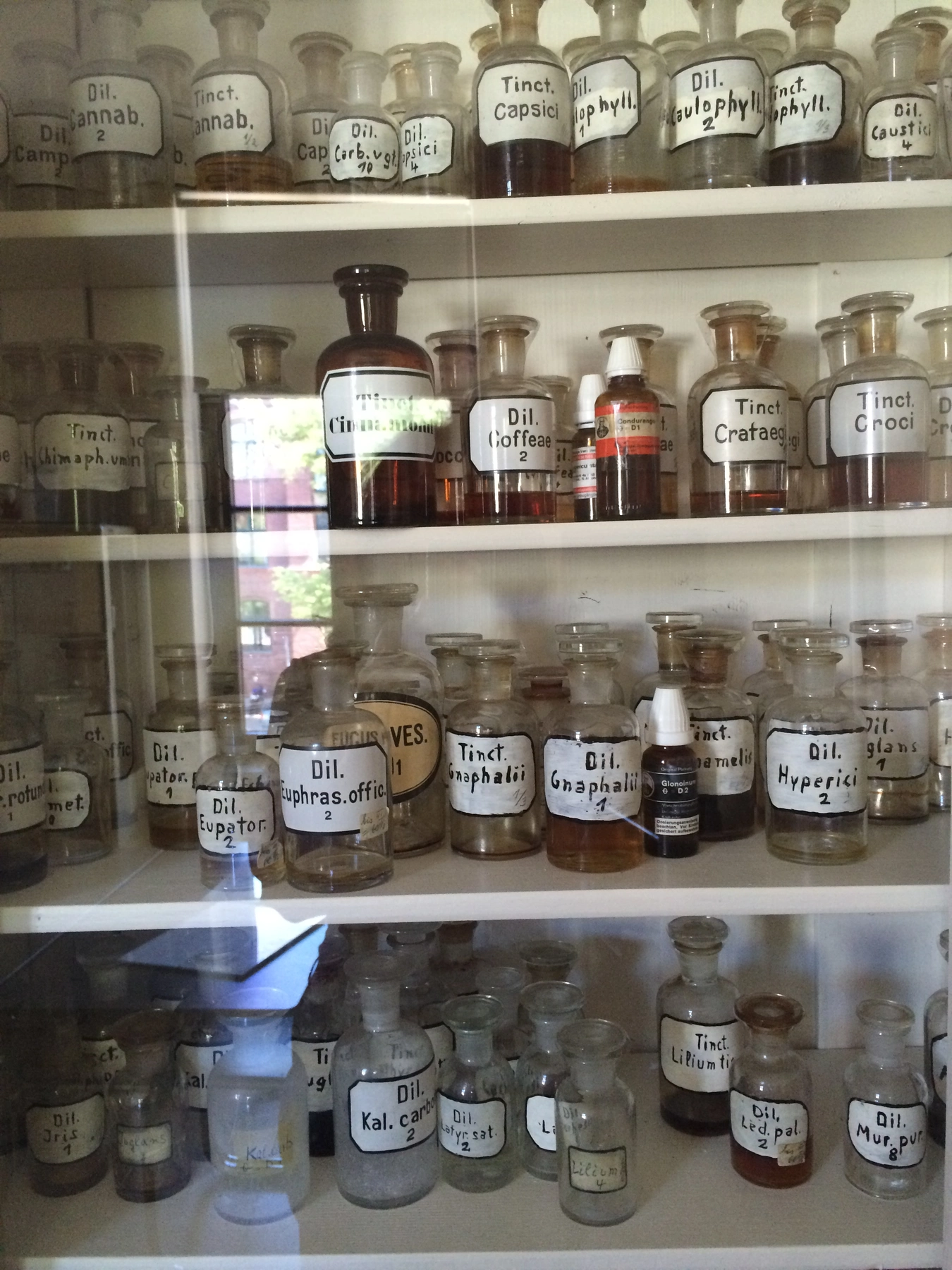
No individual has done more good to the medical profession than Samuel Hahnemann (father of homeopathy).
Dr. Samuel Hahnemann
Kao mlada odrasla osoba, Hahnemann je bio jezični entuzijasta. Naučio je više jezika, postigavši vještinu njemačkog, francuskog, španjolskog, talijanskog, engleskog, grčkog i latinskog. Kasnije je naučio arapski, sirijski, čadski i hebrejski. Volio je prevoditi medicinsku dokumentaciju i knjige s drugih jezika na engleski i od toga je neko vrijeme zarađivao za život.
Bio je prvi koji je proveo ispitivanja lijekova na zdravim dobrovoljcima te time ukazao na njihovu povezanost s bolestima, zbog sposobnosti produciranja simptoma. Hahnemann i njegovi kolege su u discovered and listed over 200 remedies biljnog, mineralnog i životinjskog porijekla. Također je otkrio da se poisonous drugs and substances could be converted into valuable medicines after being successfully potentized. Since then, over 2 centuries of continuous homeopathic provings, this list has expanded to more than 2000 homeopathic remedies. Dr. Hahnemann was the first physician and scientist to shift the frame of thought from classifying diseases to classifying patients, considering the specific, individual way each patient suffers According to Hahnemann, disease or diagnosis is always considered in the context of the patient's family programming burden and his individual susceptibility or resistance to certain disease states that can develop at a greater or lesser speed, heavily depending on the patient's lifestyle and habits.
Europe
Thanks to the barbaric methods of allopathy at the time, homeopathy spread like a 'forest fire' across Europe and America. By the end of the 19th century, it quickly spread from Germany to over 30 European countries, European emigrants took it to North and South America, through the British Empire it found its way to India, Pakistan, Bangladesh, Sri Lanka, Australia, New Zealand, Nigeria, Ghana, then to Arab countries, and in recent decades its popularity has been growing in Japan and China as well as other countries in the Far East.
In addition to royal patronage in European countries, it had famous advocates such as Dickens, Disraeli, Yeats, Thackeray, Goethe, and Pope Pius X. The discipline received a huge boost in the 1830s when a cholera epidemic hit Europe. While conventional doctors had a 50 percent mortality rate, homeopaths cured 80 percent of their patients. Homeopaths also enjoyed great success in treating cases of yellow fever, typhus, and scarlet fever.
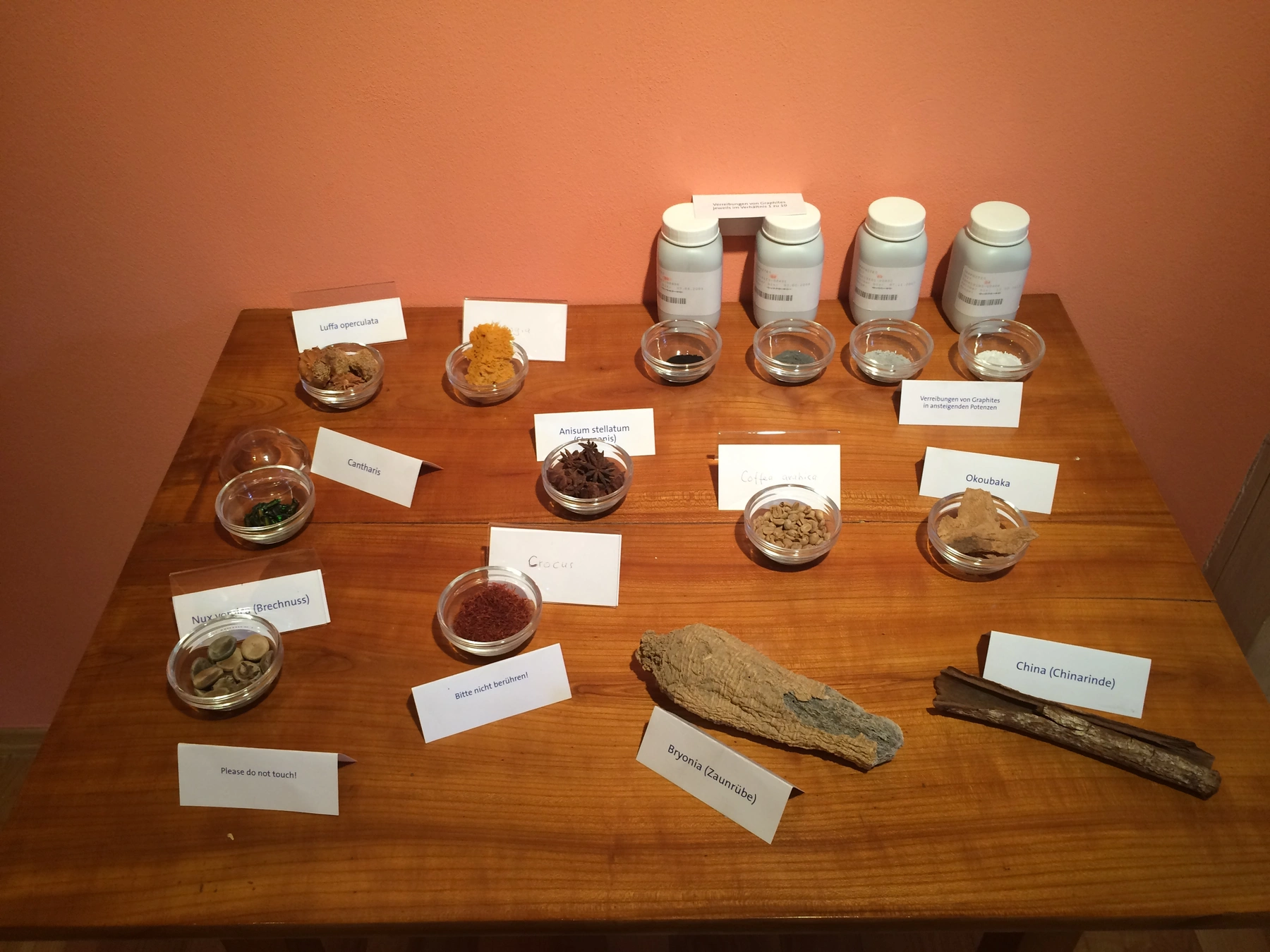
Many homeopathic physicians are credited with the availability of homeopathy in Europe and its spread to other continents, some of them are: Clemens von Boenninghausen, Johann Stapf, Constantin Hering, Adolph Lippe, Robert Dudgeon, Henry C. Allen, Timothy F. Allen, Ernest A. Farrington, Calvin B. Knerr, William Boericke, James T. Kent, Arthur Hill Grimmer, Thomas Pablo Pachero, Proceso Sanchez Ortega, John Martin Honigberger, John Clarke, Margaret Tyler, Pierre Schmidt, Elisabeth Hubbard, and many others.
Epidemic Diseases in the 19th Century
One of the significant contributions to the continental spread of homeopathy, at a time when there was no air travel or global communication network, as mentioned earlier, is its historic success in treating epidemic diseases during the 19th century. There are thousands of references on this topic in numerous articles, official government reports, and volumes of homeopathic literature revealing the following facts: a low mortality rate (1.5-9%) of patients treated with homeopathy compared to patients treated with then-conventional methods, which had a high mortality rate of 40-80%.
Niska stopa smrtnosti pacijenata na homeopatskoj terapiji je zadržavala svoju konstantu bez obzira na homeopatskog liječnika, mjesto, vrijeme i tip epidemije i bez obzira što se radilo o bolestima s inače visokom stopom smrtnosti (kolera, velike boginje, difterija, tifus, žuta groznica, pneumonija, gripa). Unatoč dobro dokumentiranim podacima i službenim izviješćima, povjesničari medicine su gotovo potpuno ignorirali ove homeopatske rezultate, čak štoviše, lažno navodeći kako u to vrijeme nije bilo učinkovitog liječenja! "A systematic review of the literature on the results of homeopathic treatment during epidemics reveals data that raise essential and powerful sociological and moral questions, as well as questions about the scientific nature and legitimacy of allopathy and the objectivity of medical historians." - words of an expert in this field, Dr. Andre Saine, from the Canadian Academy of Homeopathy.
America
Well-summarized, well-known data on the global history of homeopathy from the B.R.Sur. Homeopathic Medical College, Hospital, and Research Center, Government NCT of New Delhi states: “The new system of treatment began to rapidly advance on the American continent after Dr. Hans Burch Gram, a Dutch physician, emigrated to the USA and opened the first homeopathic practice in America, in New York in 1825.” Mention should also be made of Dr. Constantine Hering who arrived in North America in 1833, and together with several other doctors, in 1835 founded the North American Academy of Homeopathic Medicine in Allentown, Pennsylvania - the first homeopathic medical school in the United States.). "In 1844 the American Institute of Homeopathy (AIH), the first American national medical society, was founded. Disturbed, conventional doctors founded the American Medical Association (AMA) in 1846. Their main goal seemed to be to stop the advancement of homeopathy. Nevertheless, by 1900 22 homeopathic colleges, a hundred hospitals, over 1000 homeopathic pharmacies, and 29 different journals posvećenih homeopatiji. A gotovo 20 posto liječnika bili su homeopati. Između 1829. i 1869. g., broj homeopatskih liječnika u New Yorku se udvostručavao svakih pet godina. Osim učinkovitog liječenja zaraznih bolesti, homeopati su liječili mnoge akutne i kronične bolesti. Budući da su pacijenti pod homeopatskom njegom živjeli dulje, neka društva za životno osiguranje nudila su čak 10 posto popusta homeopatskim pacijentima! Mark Twain je hvalio ovo alternativno liječenje u izdanju časopisa Harpers iz 1890. g. : "Uvođenje homeopatije natjeralo je liječnika stare škole da se promeškolji i nauči nešto racionalne prirode o svom poslu." Ostali zagovornici bili su William James, H.W. Longfellow, Nathanial Hawthorne i Daniel Webster. Ubrzo su konvencionalni američki liječnici započeli usklađenu kampanju kroz AMA, ismijavajući homeopatiju kao "nadriliječničku", "neznanstvenu" i "kultu", budući da nitko nije bio siguran kako sustav točno funkcionira. Farmaceutske tvrtke također su se pridružile borbi kako bi spriječile pad svojih tržišnih udjela. Što je još gore, ciljali su na homeopate putem medicinskih časopisa.”
Modern techniques of 'warfare'
Ta se “formula” , očito nastavila i stotinu godinu poslije, pa smo danas svjedoci ogromne štete koju je primjerice, samo lažirani “The Australian report” iz 2014-2015.g., nanio globalnom homeopatskom sektoru, da ne spominjemo druge: BMJ Reporting Bias Study iz 2022 g.; potom, 2020. g.: urednici PLOS ONE-a donijeli su šokantnu odluku da povuku visokokvalitetni Macias Cortes 2015 studiju iz svog časopisa, pet godina nakon objave, unatoč tome što nisu pružili valjane razloge za svoje postupke; the EASAC Statement iz 2018 g.; The Swiss report iz 2011.g.; The UK Science&Technology report iz 2010.g.; The Lancet paper iz 2005.g. Kako navode kolege s Homeopathy Research Instituta: “Public figures, from politicians to comedians, often make sharp statements against homeopathy, but it is rare to find people who truly know about it first-hand.” On their website, under the title Homeopathy debate (The homeopathy debate), interested readers can peek into the facts behind the headlines of the mentioned reports.
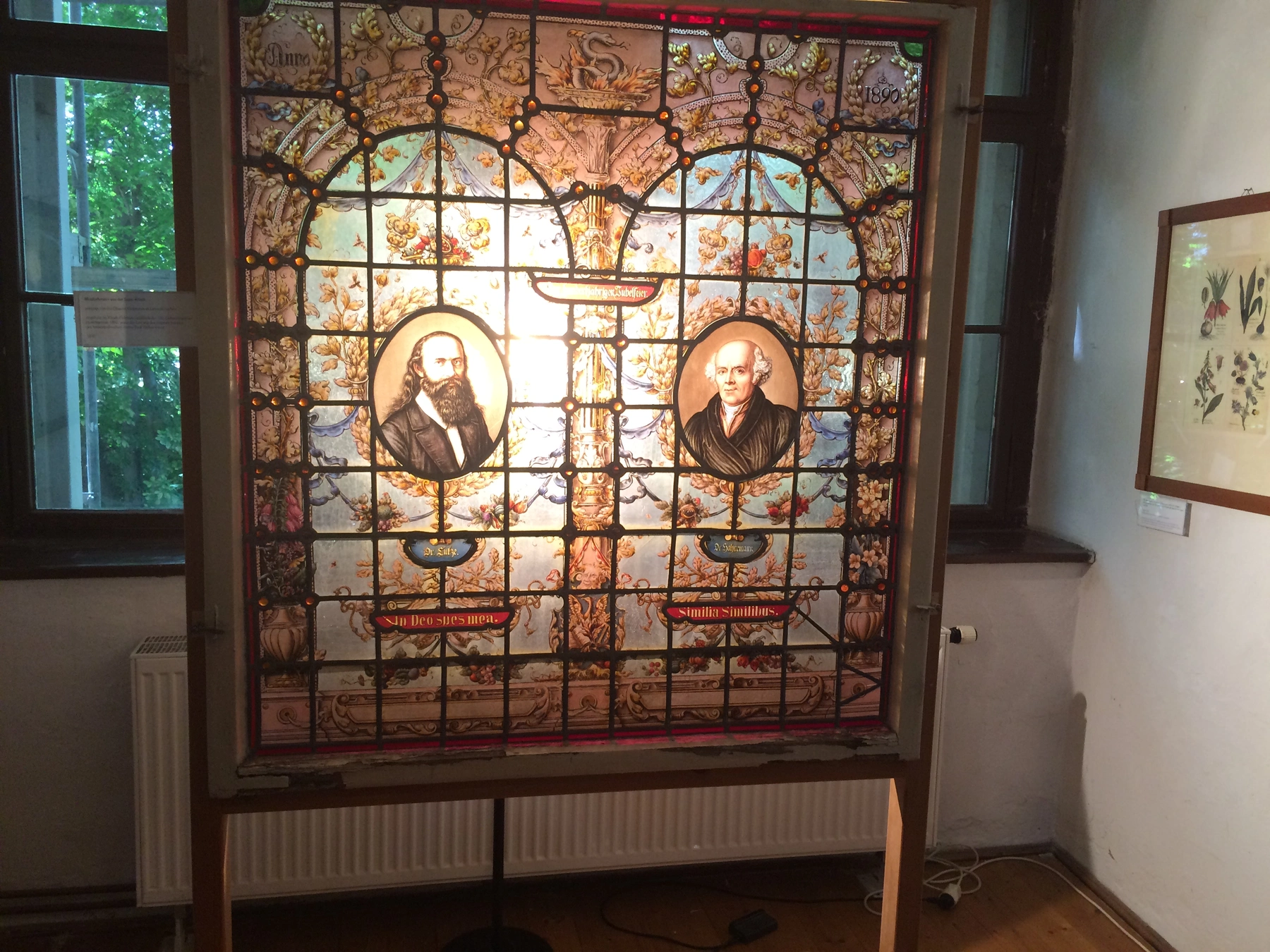
Let's return to the situation of conflict between two paradigms at the beginning of the 20th century in America: “In 1910, the Carnegie Foundation published the infamous Flexner Report—an evaluation of American medical schools chaired by Abraham Flexner, in collaboration with key members of the AMA—sanctioning allopathic medical schools while simultaneously condemning homeopathic ones.
Fate dealt another cruel blow when John D. Rockefeller—snažni pristaša of homeopathy calling it a "progressive and aggressive step in medicine" - naložio Fredericku Gatesu, svom financijskom savjetniku, da izda velike potpore homeopatskim institucijama. Kao zagovornik konvencionalne medicine, Gates je ignorirao naredbe svog šefa i 350 milijuna dolara u donacijama otišlo je ortodoksnoj medicini i bolnicama. Tako je homeopatska disciplina u Sjedinjenim Američkim Državama postupno popustila pod pritiskom. Posljednja čista homeopatska medicinska škola u SAD-u zatvorena je 1920., iako je Medicinska škola Hahnemann u Philadelphiji nastavila nuditi homeopatske izborne predmete sve do 1940-ih. Do 1950tih - nitijedna. A možda je preživjelo još samo stotinjak homeopata koji prakticiraju, većina starijih od 50 godina. Bilo je i drugih uzroka preranog pada u Americi i drugdje. Homeopatska praksa zahtijeva individualization of each treatment, requiring more time than allopathy. This meant that more money could be earned through allopathy - another blow to the solar plexus for complementary medicine. Moreover, pharmacists did not like Hahnemann because he recommended using only one drug at a time - in limited doses! Which also meant that they could not be expensively charged by pharmaceuticals. Besides, each drug required careful preparation, which pharmacists did not always do. Hahnemann soon began issuing his drugs. Homeopathy began to experience a revival in the U.S. in the 1970s as the public took a greater interest in holistic and natural approaches to medicine.

Today's increasing level of patient awareness and consciousness regarding the side effects and harmful consequences of certain conventional drugs and interventions, their ever-growing demands for a more natural approach and placing the human being at the center of treatment, have resulted in a growing demand for holistic treatment methods, among which homeopathy occupies a leading position.
In its fundamental principles, which have successfully passed the test of time over the past two centuries, homeopathy today, in the trend of holism and increasingly individualized approach to patients of the 21st century, truly justifies the criteria of a highly personalized medical method, because that is what it essentially is. Year after year, there is a global increase in interest in homeopathy, both from patients and from doctors.
India
In many countries, homeopathy has gained official status and is integrated into national health care systems. It is practiced by hundreds of thousands of medical doctors on all continents, with more than 50,000 in Europe and over 200,000 in India. According to data from the B.R.Sur. Homeopathic Medical College, Hospital and Research Centre of the Government NCT in New Delhi: “Homeopathy first entered India in 1810 when German missionaries began distributing medicines. It came to prominence in 1839 when Dr. John Hoenigberger was called to treat (and successfully cured with the homeopathic remedy Solanum dulcamara) Maharaja Ranjit Singh of vocal cord paralysis and edema.
Hoenigberger se kasnije preselio u Kolkatu, Indija, gdje je imao homeopatsku praksu neko vrijeme. Službeno priznanje započelo je donošenjem prve vladine rezolucije 1937.g., nakon koje je uslijedila još jedna 1948. g. Ali tek je 1952. godine homeopatija počela dobivati priznanje u državama. Godine 1973. donesen je Središnji zakon kojim je priznat ovaj sustav medicine. Od svog osnivanja 1973.g., Središnje vijeće za homeopatiju postavilo je minimalne standarde obrazovanja koji se odnose na diplomske i poslijediplomske tečajeve i samo odobreni fakulteti mogu pružiti obrazovanje iz homeopatije. Dopisni tečajevi nisu priznati i svaka praksa na toj osnovi je nezakonita. Danas je dio nacionalne mreže zdravstvenih usluga koje se pružaju kroz bolnice, ambulante i privatne prakse. 1991. g. postojala su samo 84 koledža. Danas postoji 186 koledža s diplomama. India has the largest number of homeopaths in the world - 240,000 doctors.
Global statistics
U posljednjih 200 godina, širom svijeta milijuni pacijenata su liječeni ovom holističkom terapijskom metodom koja nudi sigurnu i učinkovitu pomoć u brojnim akutnim i kroničnim stanjima. Danas je homeopathy, used by more than 300 million users in 70 countries around the world, is one of the most sought-after methods of complementary and alternative medical care.
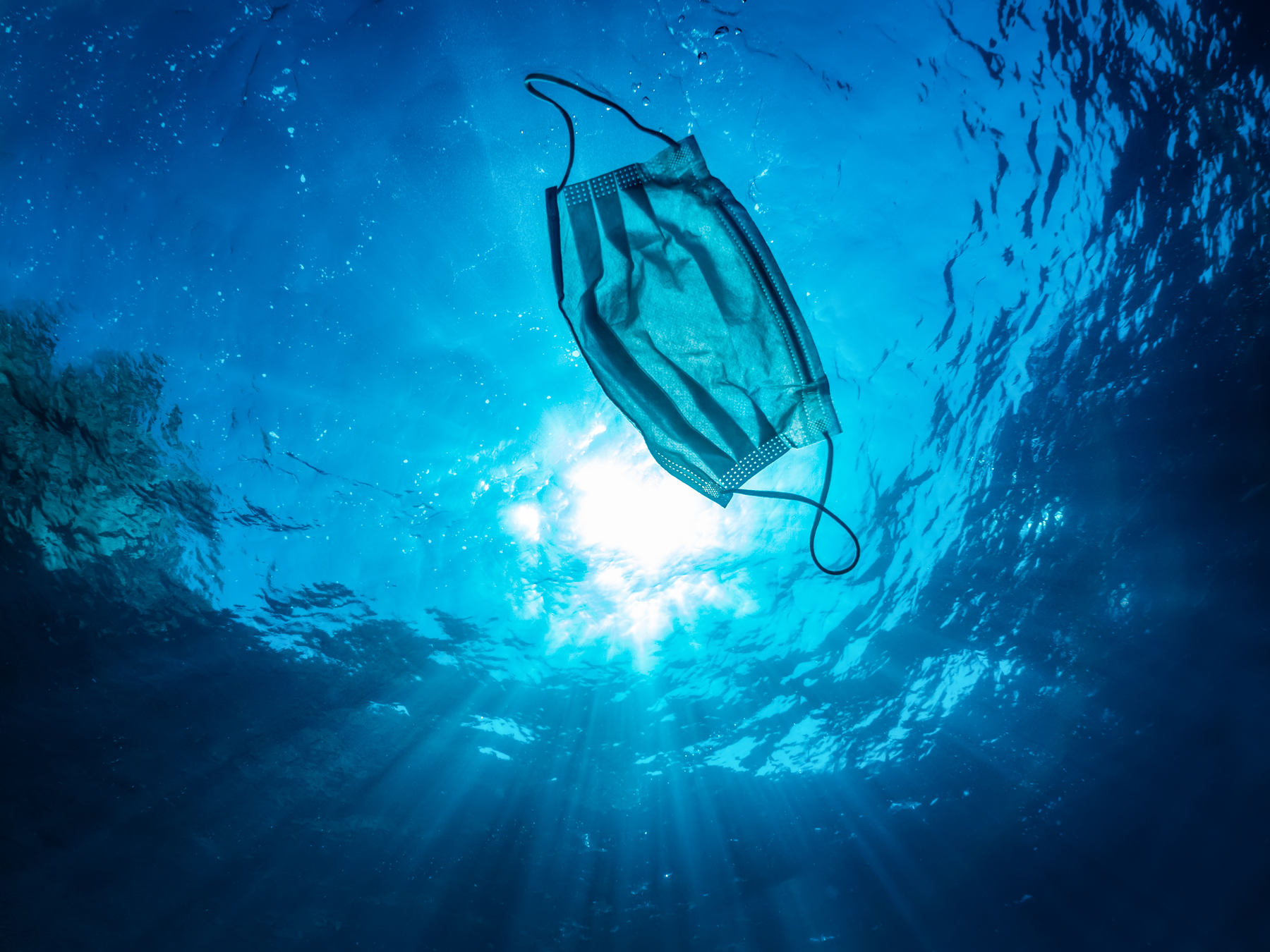
Message to future generations
I would conclude this chapter with a message from colleagues at the French homeopathic web portal Mon Homeo Mon Choix, for further collective reflection:
"It is our individual and collective responsibility to build a new society that is stronger, fairer, and more ecologically acceptable i u kojem ljudsko zdravlje zauzima središnje mjesto. Svaka je generacija morala učiti iz monumentalnih kriza s kojima se suočavala. Danas je red na nama odgovoriti na izazove... Homeopathy is essentially contemporary because its goal is to reflect on the whole individual and their integration into the environment."
